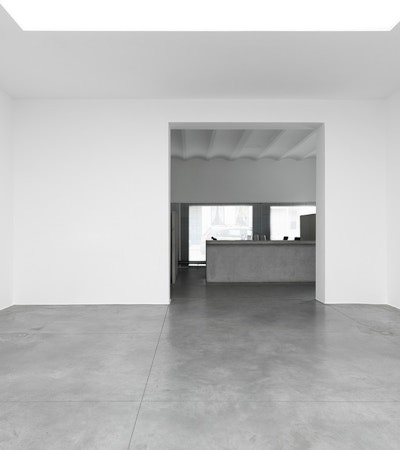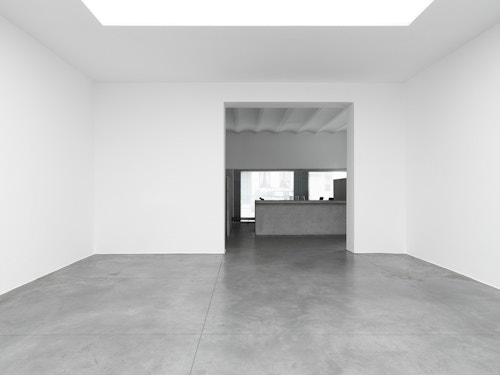
David Hammons
One of ten children brought up by a single mother, David Hammons moved to Los Angeles in 1962 and studied art at the Chouinard Art Institute (now CalArts) from 1966 until 1968 and the Otis Art Institute from 1968 until 1972. He settled in New York City in 1974 and gained a reputation for making work that interrogated cultural stereotypes and racial issues. He first rose to prominence with his Body Prints series. Often resembling X-rays, they are direct imprints of the body made on paper with grease. Injustice Case (1973, Los Angeles Museum of Contemporary Art), which dealt with the trial of Bobby Seale, a co-founder of the Black Panthers, is a celebrated work from this period. Contemporaneous with these was the Spade series, which feature garden shovels as defiant metaphors for race – an appropriation of a derogatory term used by prejudiced whites. These works were the precursors to the found-object sculptures that he began making in the late 1970s using cheap and discarded materials such as elephant dung, Afro hair and chicken bones. Hammons’ use of ‘low-grade’ materials can be seen as a reaction against what he perceived to be ‘clean’ art, but they also reference to Arte Povera, an acknowledged source of inspiration.
Although Hammons has recently embraced a more painterly style, he continues to explore the relationship between materials, images and their meaning. His latest series of paintings, three of which are exhibited here, have been partially obliterated by found materials: old textiles, abraded tarpaulins and grubby plastic sheets. The materials allude to the dirtiness and poverty that often characterises the reality of black urban life. Executed in a colour palette reminiscent of the American Abstract Expressionist painters, for example Willem De Kooning, the sumptuous, gestural paintings are just visible at the edges and corners of the works, and through the holes in the materials that cover them. While the canvases have every appearance of having been randomly and haphazardly obscured this is, in fact, a carefully orchestrated concealment, with the fabrics and plastics forming a compositional element in their own right. The startling juxtaposition of the beautifully painted canvases and the soiled coverings – not to mention the almost defiant manner in which the paintings have been hidden from view – lend these works a powerful presence. The paintings can also be interpreted as a direct reference to Hammons’ race-based exclusion from the various ‘high’ art movements that he has witnessed in his long career, and the exclusionary milieu of the art world in general. Born in 1943, Hammons carved out his career in the aftermath of Abstract Expressionism, and experienced Minimalism, Post-Minimalism, conceptual art and appropriation, but all from the outside. This sense of being an ‘outsider’ was forcefully conveyed in an early work entitled Pissed Off (1981), which showed the artist urinating on a Richard Serra sculpture.
In Europe, Hammons’s work can be found in the collections of the Stedelijk Museum voor Actuele Kunst (Ghent), the Fondation Cartier pour l’art contemporain (Paris), the François Pinault Foundation (Venice) and Tate Britain (London). Important American collections include The Albright-Knox Art Gallery, The Fogg Art Museum, The Museum of Contemporary Art in Chicago, The Los Angeles Museum of Contemporary Art, MOMA and The Whitney Museum of American Art, both in New York.
